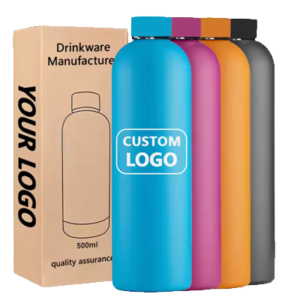What is embossing patterns process?
Table of Contents
ToggleI. What are embossing patterns?
Embossing pattern is a kind of process that utilizes mechanical equipment to press and process metal materials. By using a special embossing machine to press the metal sheet, the surface of the metal is formed with textures, patterns, and designs, which increases the aesthetic and decorative value of the metal product. At the same time, it can also increase the anti-slip and anti-counterfeiting properties of metal products, enhancing their value.
The principle of the embossing patterns process is to place the metal sheet on a special embossing machine and press the metal sheet through the embossing mold on the embossing machine to produce texture or pattern. The embossing molds are usually made of wear-resistant materials, such as alloy steel or tungsten carbide. During the embossing process, the sheet metal is subjected to greater pressure and deformation to produce the desired texture and pattern.
II. What is the process of embossing patterns?
The process of embossing patterns generally includes the following steps:
- Designing patterns and making molds: First, the patterns and designs are designed according to the product requirements, and then the corresponding molds are made.
- Material preparation and cutting: The metal sheet will be prepared and cut according to the requirements.
- Mold pressing and surface treatment: The metal sheet is put into the mold for pressing. The pressure creates specific textures and patterns on the surface of the metal. Then, the surface treatment is carried out, such as removing burrs, grinding, and so on.
- Quality inspection and packaging: The finished product is inspected for quality, and then it is packaged.
The process of embossing patterns is relatively simple, but it requires precise operation and control of each step to ensure the quality and stability of the final product. First of all, choosing the right metal material is crucial to obtaining the desired embossing effect. Different metal materials have different hardness and toughness and need to be selected according to specific requirements. Secondly, the design and manufacture of embossing molds need to take into account the characteristics of the metal material and the desired texture effect. The surface accuracy and wear resistance of the mold are crucial to obtaining good embossing results. Finally, the pressure and temperature need to be controlled during the embossing process to ensure that the metal sheet can be uniformly stressed and to avoid overheating leading to material damage.
III.Where Is the Embossing Process Applied?
The metal embossing process serves as a versatile solution across multiple industries, including home/building décor, appliance production, automotive components, and custom water bottle manufacturing.
- Home & Building Materials: Ideal for crafting decorative elements like embossed door/window panels, wall cladding, and ceiling accents. This adds premium visual texture to interior and exterior surfaces while elevating both style and perceived value.
- Appliances & Automotive: Used to produce components such as refrigerator panels, washing machine exteriors, TV bezels, and automotive body parts (doors, roofs, hoods). Embossing enhances product durability by improving scratch resistance and surface longevity, ensuring long-term performance in high-use environments.
Drinkware & Bottle Industry:
Embossing is a go-to technique for high-value surface finishing in water bottles, tumblers, and specialty containers.
- Design Advantage: Creates eye-catching designs and tactile textures for brand differentiation.
- Functional Benefits:
- Anti-slip grip for ergonomic handling
- Tamper-evident features for brand protection (anti-counterfeiting)
- Enhanced wear/corrosion resistance to withstand daily wear, frequent washing, or harsh environments, extending product lifecycle while maintaining premium appearance.
As a proven multi-industry solution, embossing continues to expand into new markets. For bottle manufacturers, it’s not just decoration—it’s smart surface enhancement that merges aesthetics with functionality. With advancements in precision tooling and material science, expect broader adoption in custom packaging, luxury goods, and industrial design as brands seek standout, durable finishes to meet evolving consumer expectations.


